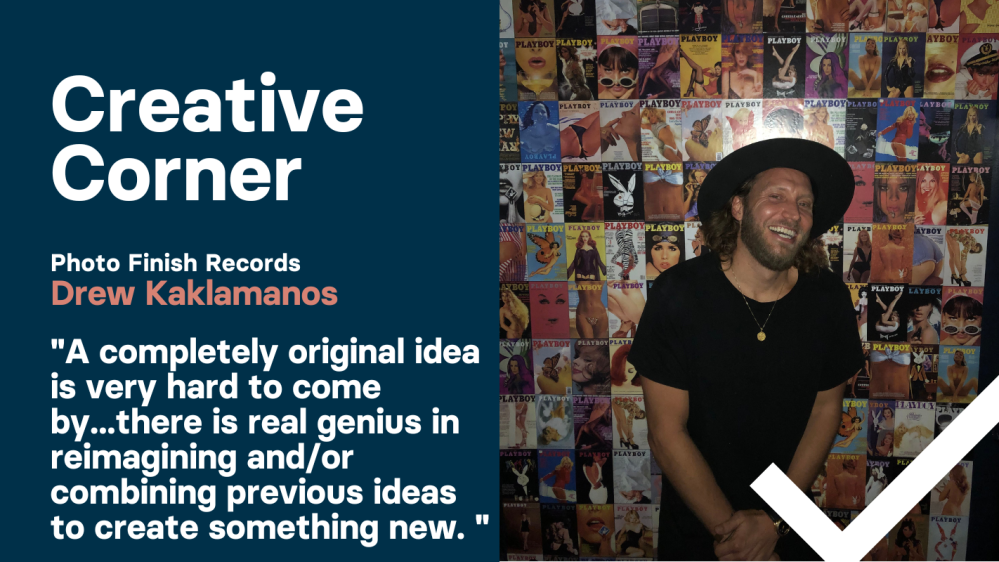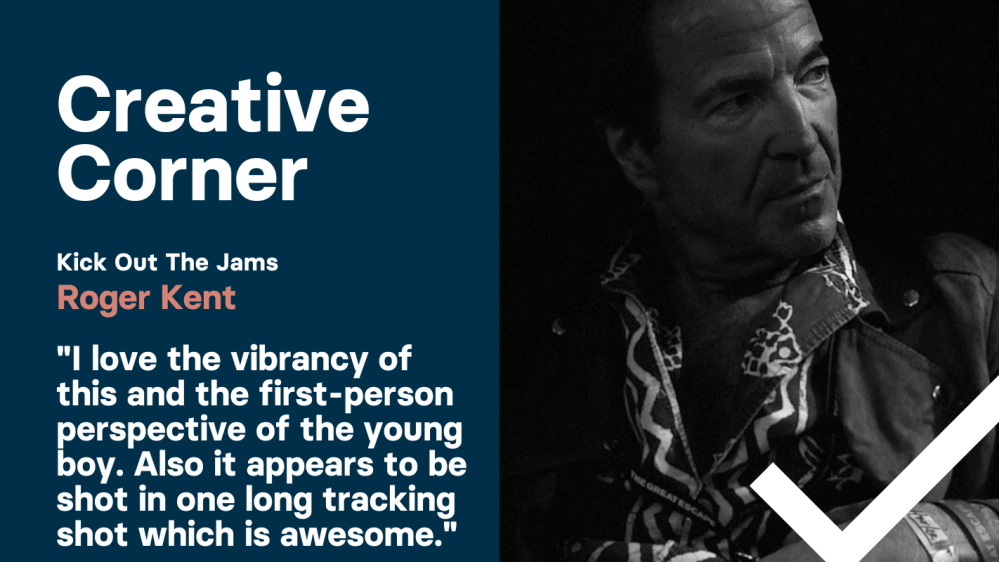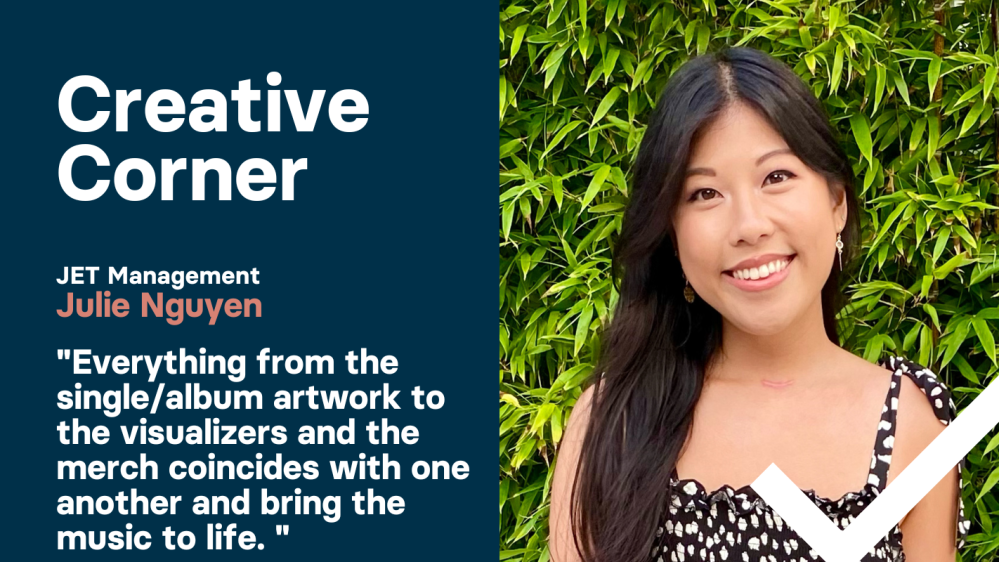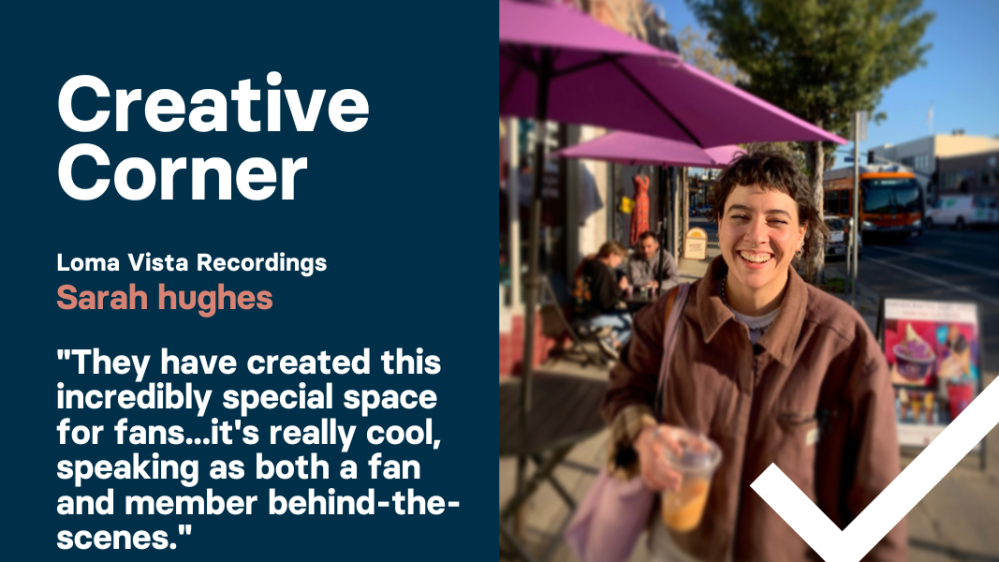
CryptoArt brings fascinating new possibilities for visual and audio creativity tied to music marketing campaigns. How long until ultra-rare pieces of digital art are regularly sold to the highest bidder to promote campaigns for frontline and catalog artists alike?
Levels of interest and intrigue in CryptoArt have peaked this week as floods of consumers focus their attentions (and investments) on cryptocurrency and blockchain technology.
Google searches for the term 'cryptoart' have spiked from an average popularity score of 4.6 in the period from March 2020 to January 2021, to more than 73.6 in February - topping-out at the maximum 100 this week, representing an all-time high for the search term. As explained by Google Trends, each number represents "search interest relative to the highest point on the chart for the given region and time".
What is CryptoArt?
The emerging trend offers a fascinating new frontier for digital collectors of cultural items of intrinsic artistic value. But what is CryptoArt, exactly?
Artnome describes it as "rare digital artworks... associated with unique and provably rare tokens that exist on the blockchain," and marketplaces are emerging where consumers can collect and trade unique, single-edition digital artworks. Each artwork is authentically created by an artist in the network and tokenised as a crypto-collectable digital item that you can own and trade as if they were physical goods.
This system works due to the fact that, like Bitcoins and other cryptocurrencies, CryptoArt exists in limited quantity and its movement is indelibly trackable via blockchain transactions. That means items are provably scarce and these digital items hold their value in the same way as Ether, Bitcoin and the like.
Artnome predicts that blockchain tech will disrupt the art market in "at least four major areas": increasing sales through scarcity; democratising access and investment; improving provenance by reducing forgeries, and creating a fairer way to pay artists of all sizes.
What is an NFT?
It stands for “non-fungible token” and The Verge explains that it "allows buyers to purchase ownership of a digital good, usually an image, animation, or video, in the form of a unique digital token living on a blockchain".
Wired neatly dissects the difference between traditional currency, cryptocurrency and NFTs and explains why the tokens are perfect for this usage.
"Currency and cryptocurrency units are also, usually, fractionable into smaller units – dollars can be broken down to cents, bitcoins to... satoshis – which can be spent separately. On the contrary, NFTs – cryptocurrency assets developed according to special Ethereum standards... are unique and indivisible. Where a bitcoin is comparable to a dollar bill, an NFT can be likened to a cat, a sculpture, or a painting: you can’t sell part of it without spoiling the whole, and its value is rather subjective."
This, it says, makes NFTs a good metaphor for art as they're indivisible but the blockchain adds security and provenance benefits for collectors.
Christie's and Beeple
Starting in May 2007, Mike Winkelmann, aka Beeple, posted a new work of art online. The digital artist repeated this daily, creating new artwork every day for a whopping 13 years - that's over 5,000 days! The auction of his monumental collage is the first purely digital artwork ever offered at Christie’s and cryptocurrency payments are, of course, accepted.
As Christie's explains, "the monumental digital collage will be offered as a single lot sale concurrently... from 25 February to 11 March 2021".
This marks two industry firsts, as Christie’s will be the first major auction house to offer a purely digital work with a unique NFT — which effectively guarantees its authenticity — and to accept cryptocurrency, in this case Ether (in addition to standard forms of payment).
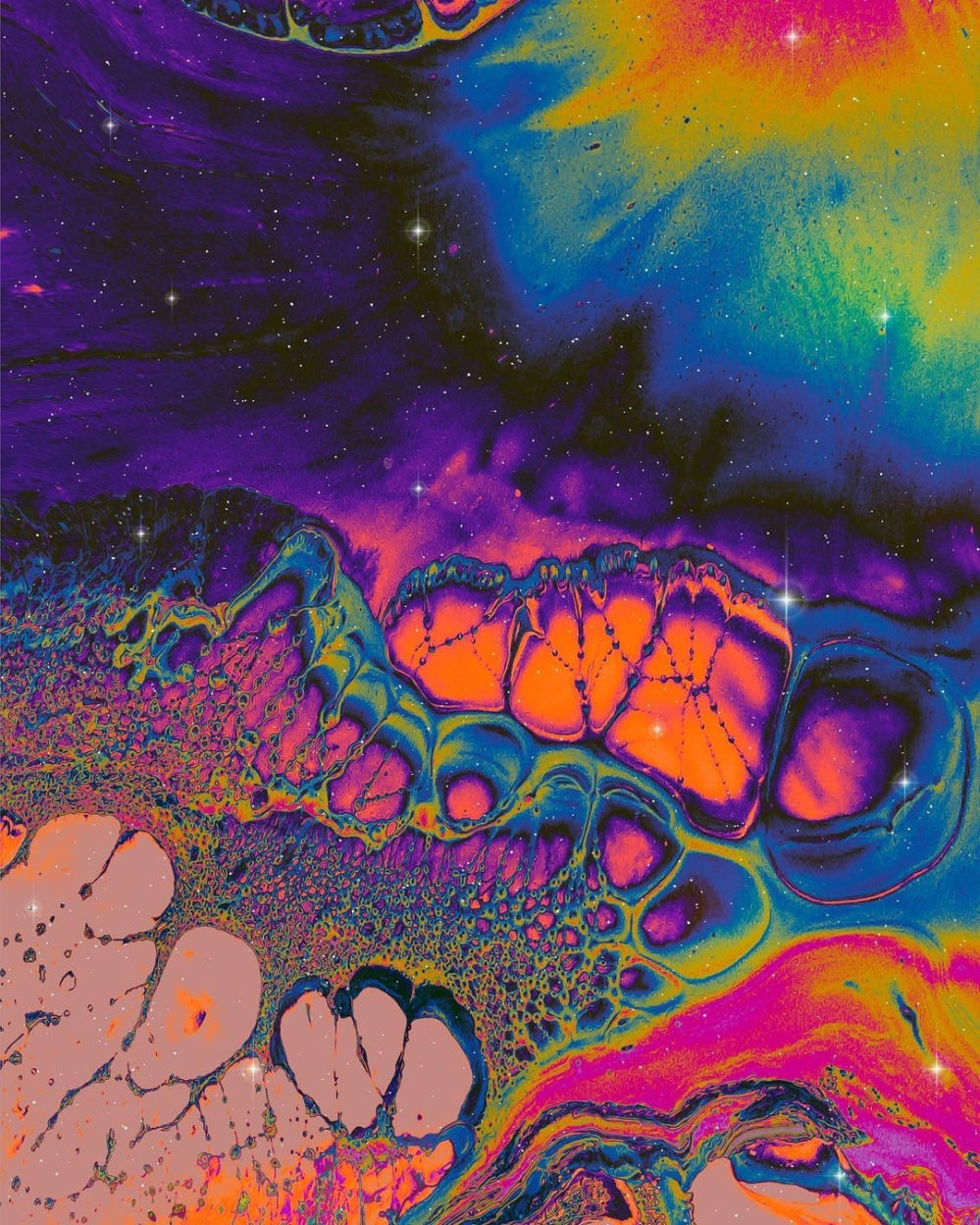
Tied To The Past by Alycia Rainaud
SuperRare is a marketplace to collect and trade CryptoArt. It launched in beta in April 2018 and describes itself as "Instagram meets Christie's... a new way to interact with art, culture, and collecting on the internet".
"The social layer can make it easier to assess value and other context around items in the marketplace," it says.
For the tech-minded, the platform is a peer-to-peer marketplace for NFTs built on Ethereum. Therefore all transactions are made using the cryptocurrency Ether, the native cryptocurrency to the Ethereum network and currently the second-most prominent coin behind Bitcoin. Ethereum can be purchased via sites such as Kraken or Coinbase, which are both easys place to to get started if you haven’t used cryptocurrencies before.
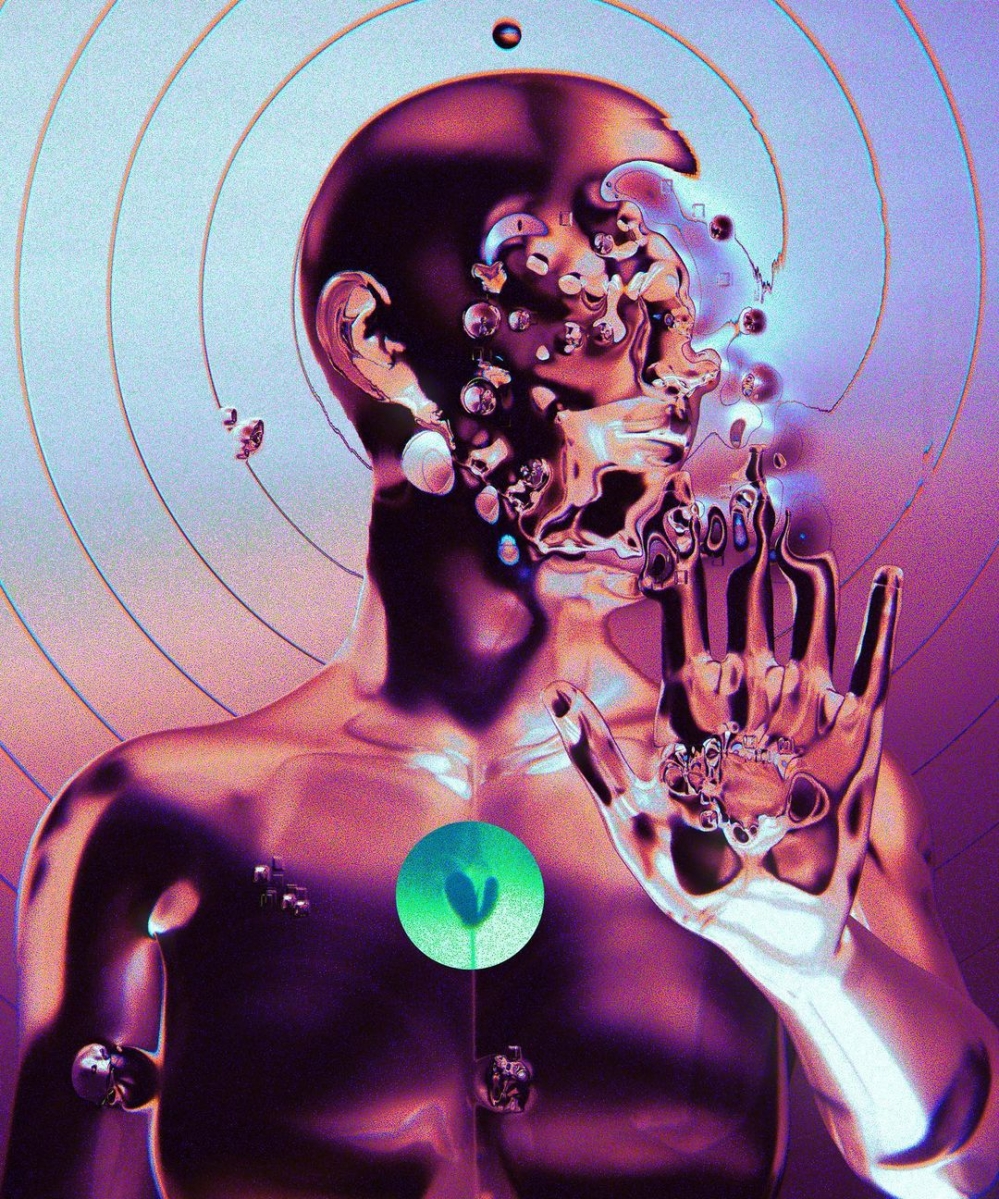
PERFECTO by Facu
How does it work for creators?
In the case of SuperRare, a 3% transaction fee is paid for all purchases by the buyer and there are artist gallery commissions, too. For primary sales, there is a 15% commission (creators receive 85%). For secondary sales, creators receive a 10% royalty commission, providing passive revenue from an artwork if it continues to trade on the secondary market.
Explaining its reasoning behind secondary market artist royalties, SuperRare says that it thinks that "the ability to secure a percentage of secondary-market revenue for artists is one of the most revolutionary and exciting capabilities provided by Ethereum smart contracts. It’s analogous to a musician receiving a percentage of sales for a vinyl record issued, say, in the 1960s and still being bought and sold in used record stores today".
CryptoArt brings fascinating new possibilities for visual and audio creativity tied to music marketing campaigns. How long until ultra-rare pieces of digital art are regularly sold to the highest bidder to promote campaigns for frontline and catalog artists alike?


